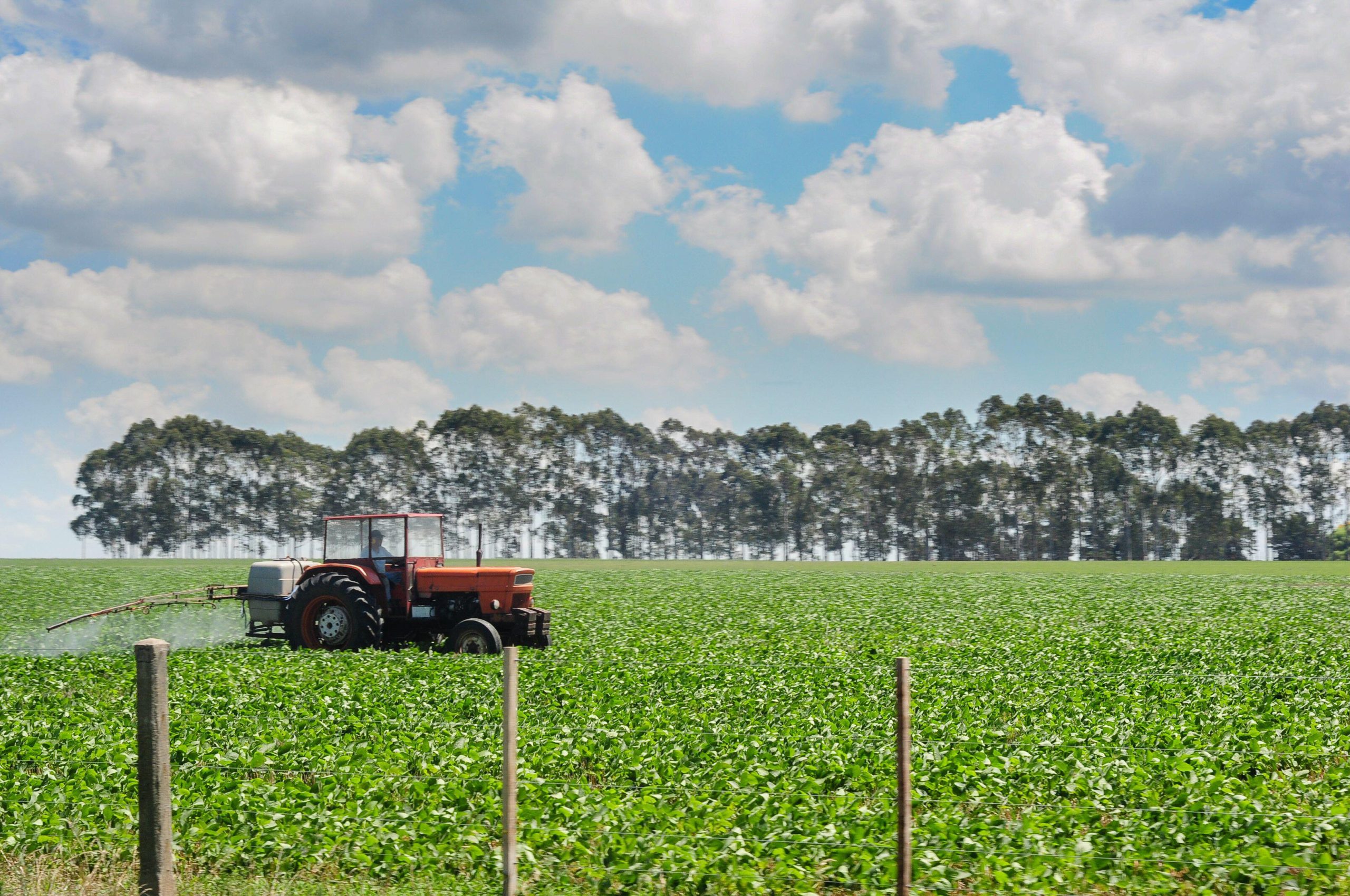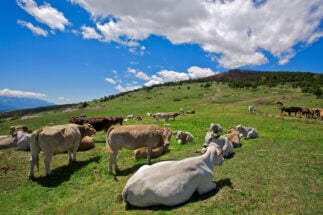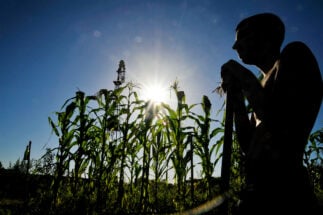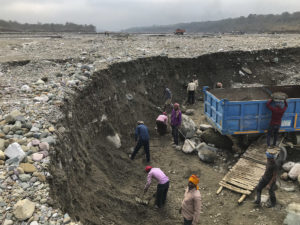All living things have their natural enemies, and in the case of crop pests and diseases, the key is to find them, isolate them, and mass-produce them for application. Chemical pesticides have long been the most widespread solution to these problems, but as concerns around their often negative side effects grows, biological options – or “bio-inputs” – are increasingly being explored as more sustainable and ecologically responsible alternatives.
In Uruguay, such options are also being made available, some of them more advanced than others, and with much of their development supported by the state or local and international organisations.
Uruguay currently has 14 registered biological control agents (bio-inputs) and 18 more in the pipeline, according to data from the Ministry of Livestock, Agriculture and Fisheries (MGAP) from December 2021 provided to Diálogo Chino. These are natural organisms or elements that allow the control of pests and diseases in crops, including parasites, bacteria, harmful fungi and viruses.
Video: María Paz Sartori
The country’s Minister of Livestock, Agriculture and Fisheries, Fernando Mattos, also holds this to be true. “There is a whole trend and a greater use of biological pest control techniques, and this is growing and increasing. It is a path that many people are taking as an alternative and because there is also greater awareness of issues related to sustainability and environmental protection,” he said.
Leafcutter ants
Leafcutter ants are a frequent problem for agricultural producers, fruit growers, horticulturalists, foresters and even livestock farmers, due to the amount of grass they can consume on land where ant nests form. They are considered the main insect pest in South America, targeting over 13 species of grass.
In recent centuries, the mainstream solution has increasingly been the use of chemicals. But now, a Uruguayan project has proven that two soil-dwelling fungi (Beauveria bassiana and Trichoderma harzianum) can work together to eliminate leafcutter ants. The product, which contains the two fungi and an essential oil derived from oranges that attracts the ants, was developed by BIO Uruguay, a research centre based in Tacuarembó in the country’s north, and a pesticides project supported by the FAO and several ministries.
Their ant pesticide is currently in the final stages of licensing with MGAP. Alda Rodríguez, BIO Uruguay’s technical-scientific coordinator, told Diálogo Chino that both horticultural and larger forestry clients are waiting for their product to be launched on the local market.
Video: María Paz Sartori
For Natalia Martínez, technical director of the MGAP’s General Directorate of Farming, the trend towards bio-inputs is “a cultural change” from the traditional application of insecticides and fungicides. She highlights that, especially in closed spaces, chemical use has entailed risks for the health and safety of workers.
Although the use of bio-inputs is already an alternative that producers are aware of, more support is needed to increase their uptake at scale, says BIO’s Rodríguez. “Public institutions must be strengthened so that they have more knowledge and equipment, and can give more support to the issue and achieve greater agility in the registration of these products,” she adds. MGAP’s minister Mattos agrees, adding that their scale is still small and investment costs for their development are significant.
Changes in registration
The licensing of bio-inputs is not a mere formality, and to achieve it, they must undergo stringent efficacy studies and toxicity analyses, among other requirements. Uruguay exempts researchers and developers from paying the registration fee as a sign of support for their development. Although this is a welcome concession, most of the costs for researchers are for laboratory analysis and agronomic testing.
“We are making an effort to get everything licensed. [The government] supporting more registrations is the way to cooperate so that there is more supply of these types of products,” Martínez says.
The registration of pesticides has traditionally been an area of work exclusive to the MGAP and, within it, the General Directorate of Agricultural Services. But in 2021, the ministry signed an agreement with the Ministry of Environment to review the current registration requirements and adapt them to the demands of different countries and markets, with a view to future exports.
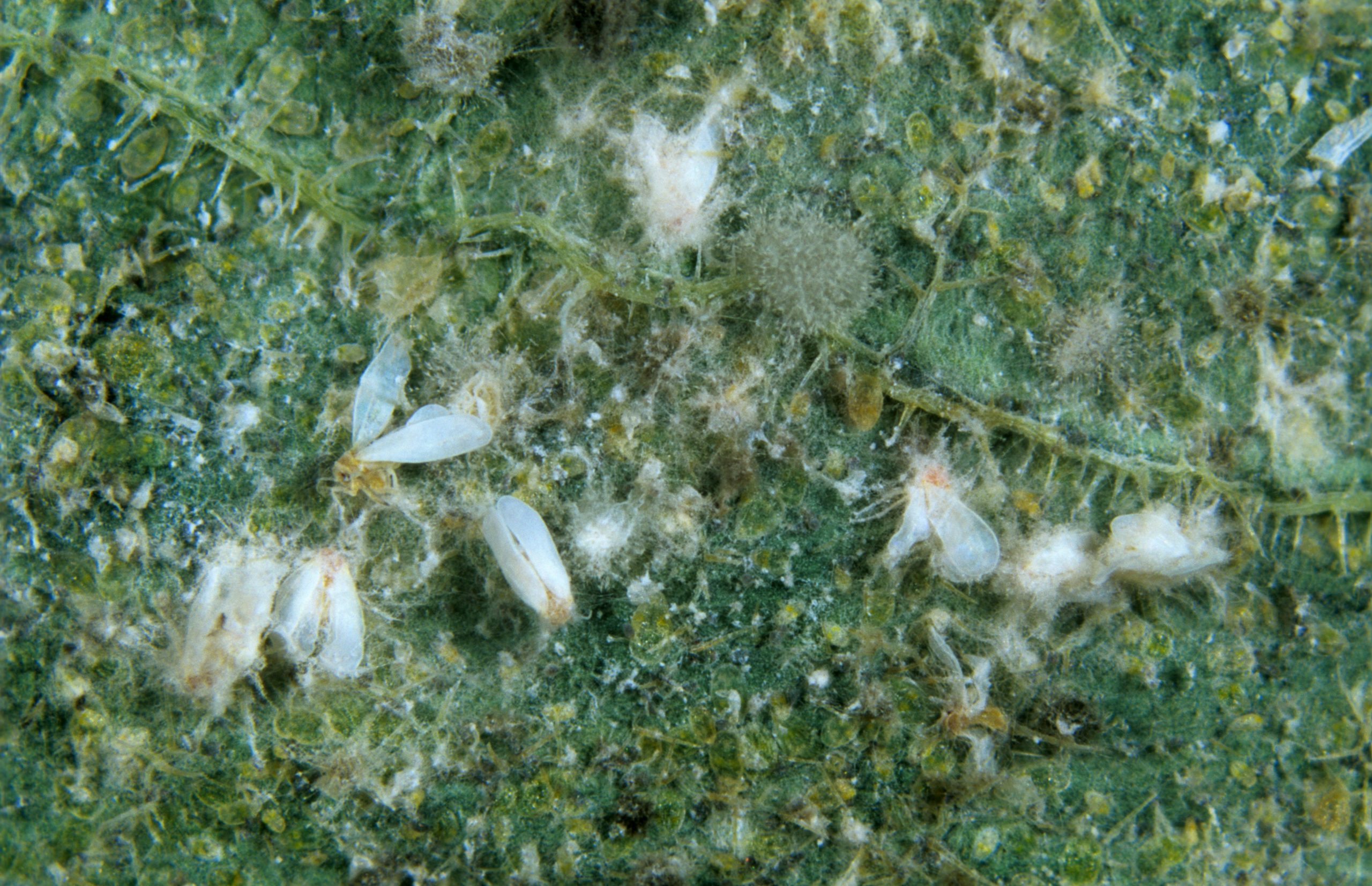
Olivera says that the ministry has been in dialogue with other countries in the region, such as Brazil and Chile, as well as with those working on these issues in Europe. He adds that they face common challenges that need to be resolved quickly by regulatory bodies, as “agribusiness is an innovative sector that is moving very fast.”
A greener option
Daniel Bentancur is one of the founders of the organic producers’ cooperative Punto Verde, in the Uruguayan department of Canelones. He was among those who were treated as almost “crazy”, he says, when he started production of organic inputs 25 years ago. Punto Verde set up its own laboratory to produce bio-inputs to combat pests, and now, in partnership with BIO Uruguay, they breed a fungus (Isaria javanica) to combat whitefly, a common agricultural pest.
“This tool [the fungus], when used properly, is not like a chemical product that you apply one year and the next year you apply more doses, and the next year it’s no longer useful, and you change to another chemical product,” Bentancur says. Thanks to the wider use of this fungus, he tells Diálogo Chino, the whitefly is no longer considered a problem for Punto Verde producers.
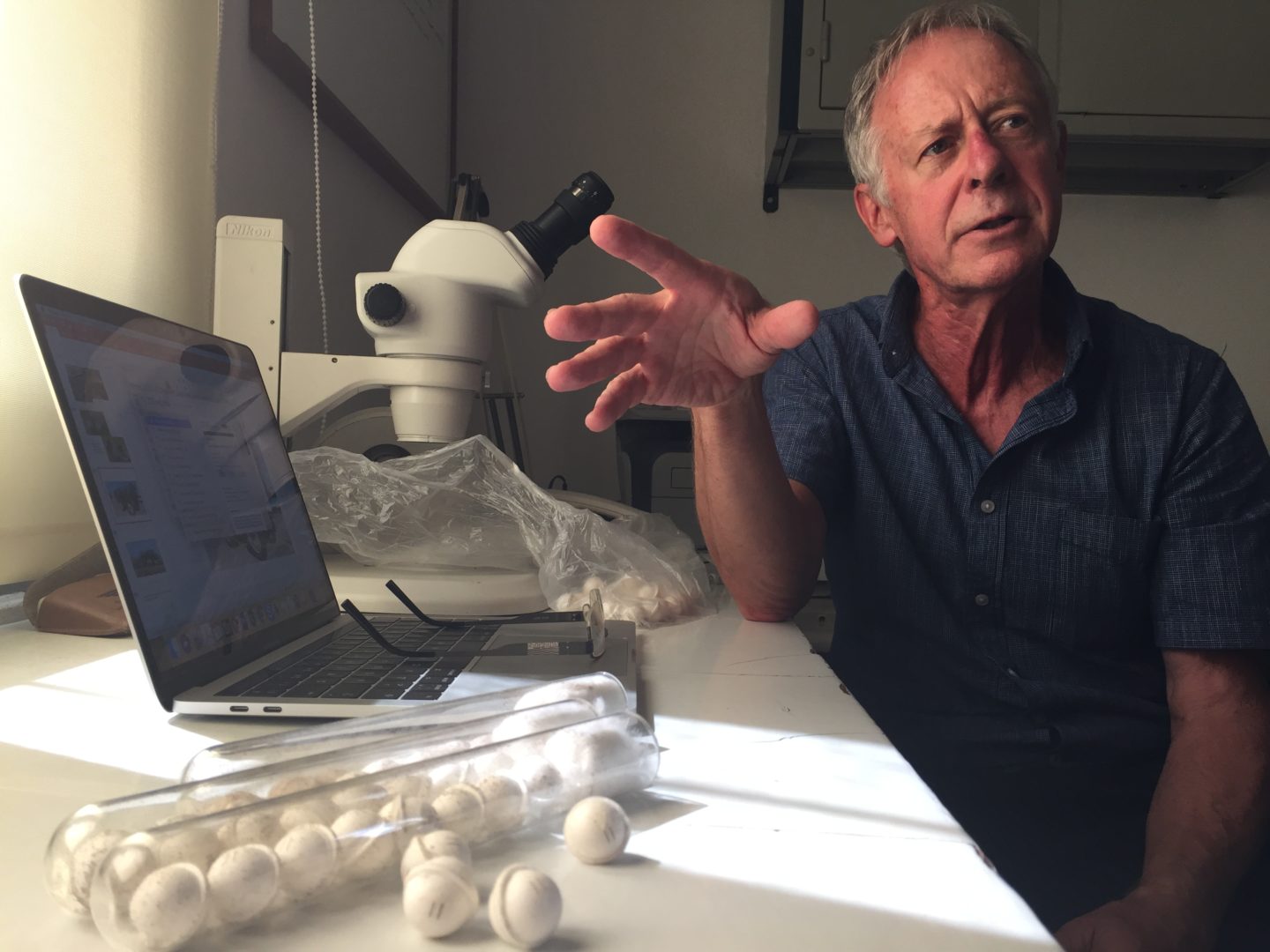
Basso is reserved about the economic convenience of bio-inputs, despite being an advocate of them. When asked about this issue, he states that there are biological alternatives that are less expensive than chemical synthesis, but not all of them. In addition, biological options tend to take more work for the farmer – it is not a matter of simply applying a certain amount and letting it work. These are living organisms, with many more variables at play that can have a role in their success or failure.
“In Uruguay, one of the problems we have is that chemical insecticides are very cheap, generic products imported mostly from China. This [cost difference] is a first limitation for any biological control project, which is difficult to overcome,” Basso says.
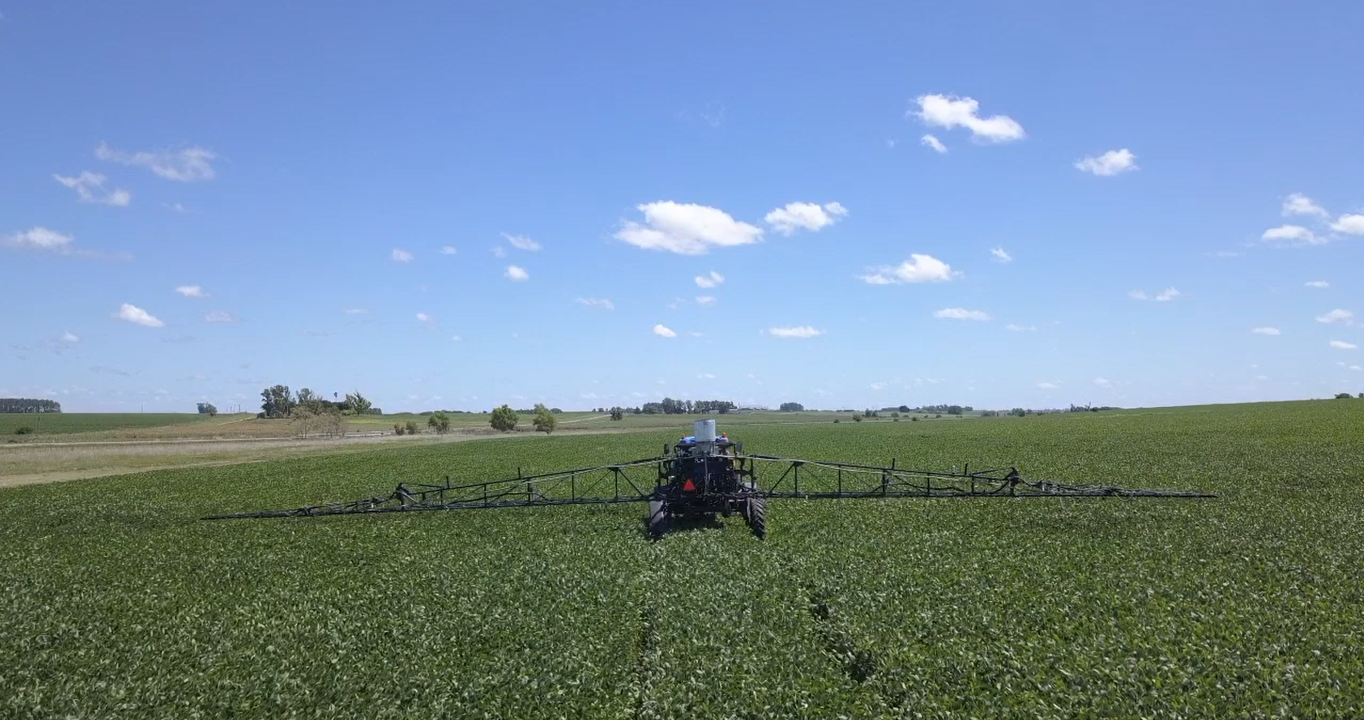
New followers
In June 2021, a project to use fungi to control ticks in cattle, in which BIO Uruguay is involved with the support of the MGAP, was presented. MGAP’s then-minister, Carlos María Uriarte, spoke to an audience of almost 100 people, including large-scale livestock producers. He talked of the use of alternatives to chemical pesticides in Uruguay and described them as successful.
BIO Uruguay’s Rodríguez was pleased and welcomed the speech. She says that, much like any novel trend, there is a lot of expectation around bio-inputs, although it is becoming easier and easier to attract followers to these alternatives.
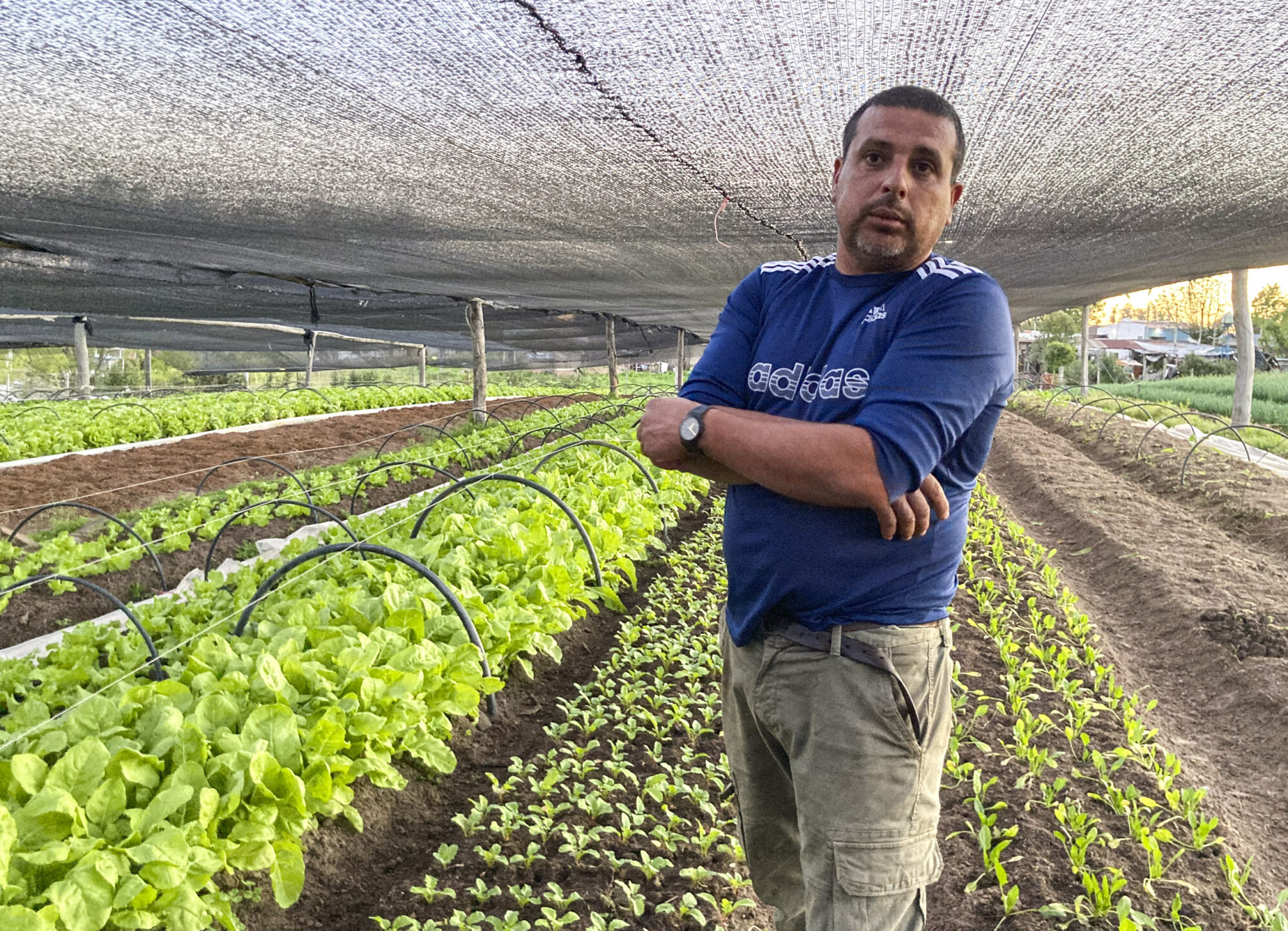
For Rodríguez, what happens to Gallo is logical: “When a farmer starts using a bio-input for a pest or disease, it’s a trigger from another world. They start to ask what products it is compatible with and select less toxic options. It not only influences that particular problem but also the production system, and they switch to more sustainable management.”
Overcoming the dominance of chemical pesticides will take time, investment and multi-level support, but with a growing cast of researchers and advocates exploring natural alternatives, and a growing reputation for enriching impacts on soil, the uptake of bio-inputs looks set to continue to spread in Uruguay.
